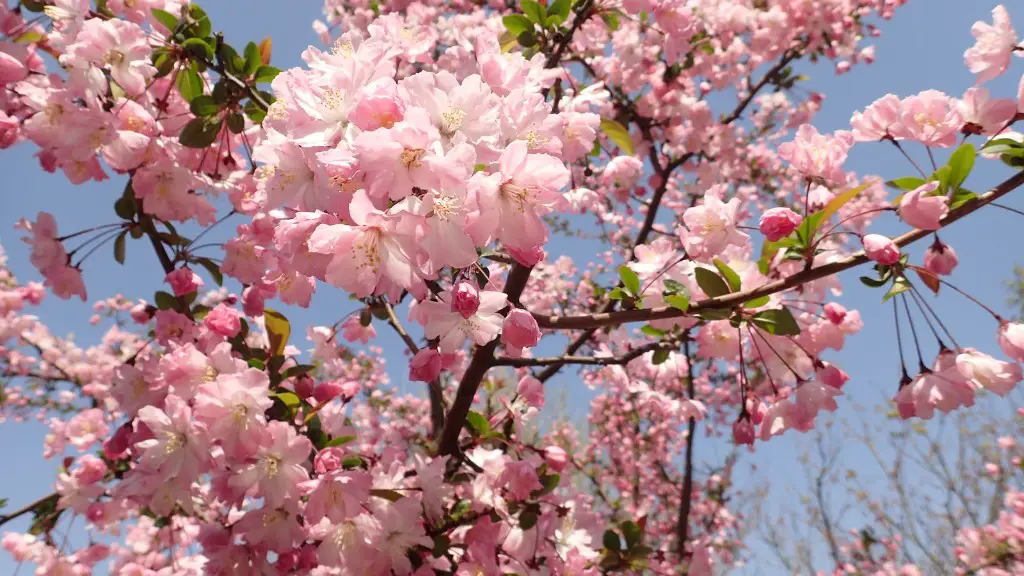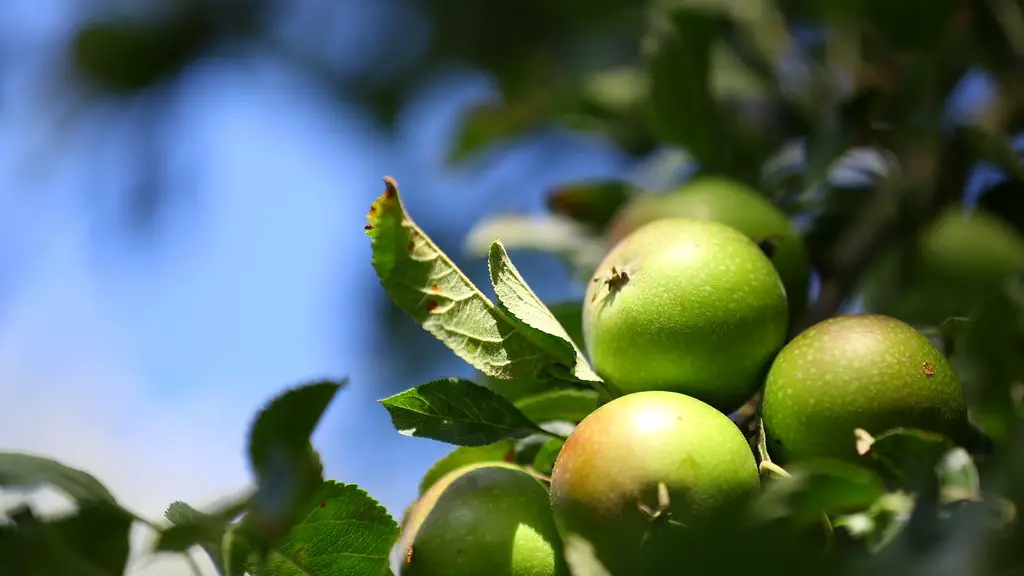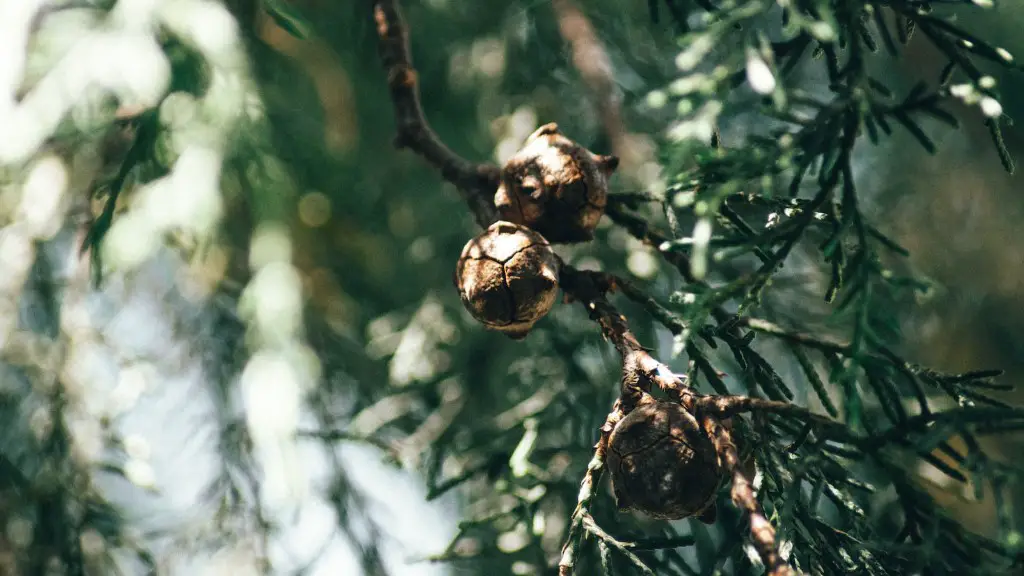Cherry Tree Roots: Plant Physiology and Implications
Cherry trees are known for their remarkable and aesthetically pleasing flowers and fruits, but do we ever stop to think about the anatomy of cherry tree roots? Understanding the physiology of cherry tree root systems is essential to gaining the knowledge necessary to maintain and cultivate them properly. This article will dive into the depths of the cherry tree roots, taking a look at the various aspects of their anatomy and metabolic processes.
The rhizosphere of a cherry tree plays a vital role in its growth. Rhizosphere consists of the surface layer of the soil that is associated with the roots of the plants and is the result of microbial activity on or around the root. These microbial activities help the roots to extract vital nutrients from the soil and supply them to the rest of the tree. This is why it is of particular importance to examine the rhizosphere of cherry trees to ensure that the area is firm and adequately saturated with natural nutrition.
Root Growth and Expansion
The depth of cherry tree roots varies depending on its species, locality and even soil type. Yet, it is thought that the majority of cherry tree roots typically spread to a depth of between 30 and 90 centimeters, with some species even going as deep as 3 meters. While the majority of energy used by the cherry tree’s roots is concentrated at the surface, deeper roots are still essential for aiding the process of uptake of air, water and thermal stability.
The rate of growth of the cherry tree’s roots stems from two factors: root growth initiation and root growth rate. The former is determined by the root’s ability to penetrate the substrate or soil, while the latter is the actual quantity of growth that occurs over time. In both cases, the size and shape of the root and environmental conditions, such as temperature and water availability, can have a pronounced impact.
The Importance of Water Supply
Water supply plays a critical role in the growth of a cherry tree. Studies have demonstrated that a lack of water can lead to plant stress, reducing itsgrowth and decreasing the cherry tree’s productivity. There are many approaches to supplying water to the plants in a way that ensures their health and welfare, including irrigation and mulching. Irrigation is especially important around the shallow parts of the roots of cherry trees, so as to divert the water away from the base of the tree and outwards to the edges.
Mulching is also important for this purpose. Mulch can be made from eithernatural or synthetic materials and is used to promote plant growth and health by reducing water evaporation and moderating soil temperatures. Its use results in the moistening of the soil, allowing for the uptake of nutrients, health and growth of the tree.
Pre- and Post-Bloom Care
Regardless of the cherry tree’s root intricacy, it is imperative to carry out regular maintenance. Pre- and post-bloom care are two phases of maintenance which are particularly important as they help maintain a healthy cherry tree and guarantee it a successful crop. During pre-bloom care, it is typically advisable to use balanced fertilizers and irrigate them around the base of the tree. Post-bloom, a plethora of treatments may be used, such as pruning, pest control and even spraying, if necessary.
In terms of fertilization, they come in various formulas, all of which are tailored to the needs of the cherry tree species. Regular fertilization during the growing season is vital for the optimal growth of the trees and must only be done as instructed by informed gardeners and agriculturalists, who possess a reputable degree or other qualifications in the field.
Pest Control and Disease Management
Cherry trees are particularly prone to pest infestations and diseases, such as fungal diseases, caused by a variety of organisms, including bacteria. The key to managing these infestations and diseases is to maintain regular maintenance around the base of the tree and to also use fungicides and pesticides appropriately when needed. Fungicides and pesticides can be very effective if used as instructed, but be cautious in evaluating the true risks of different chemicals, as they can do more harm than good if applied in an unsuitable way.
Harvest Time and Storage
During harvest time, it is important to make sure the trees have been given sufficient water and to ensure that the fruits can be handled delicately. Harvesting the cherries too early or too late can have a negative impact on the cherry tree’s health, as can handling it roughly. Once the cherries are properly harvested and stored, it is essential to check for signs of decay and to keep an eye out for mould, as this can be incredibly damaging.
Conclusion
The anatomy of a cherry tree root system is an area of botany and horticulture that fascinates many, yet is commonly overlooked. Its intricate structure is essential for providing the tree with the nutrition, thermal stability, water and air uptake needed for a long and healthy life, necessitating the implementation of effective maintenance strategies and treatments. By following the above advice, you will have a better understanding of cherry tree’s root systems, and the best strategies to employ when caring for them.



